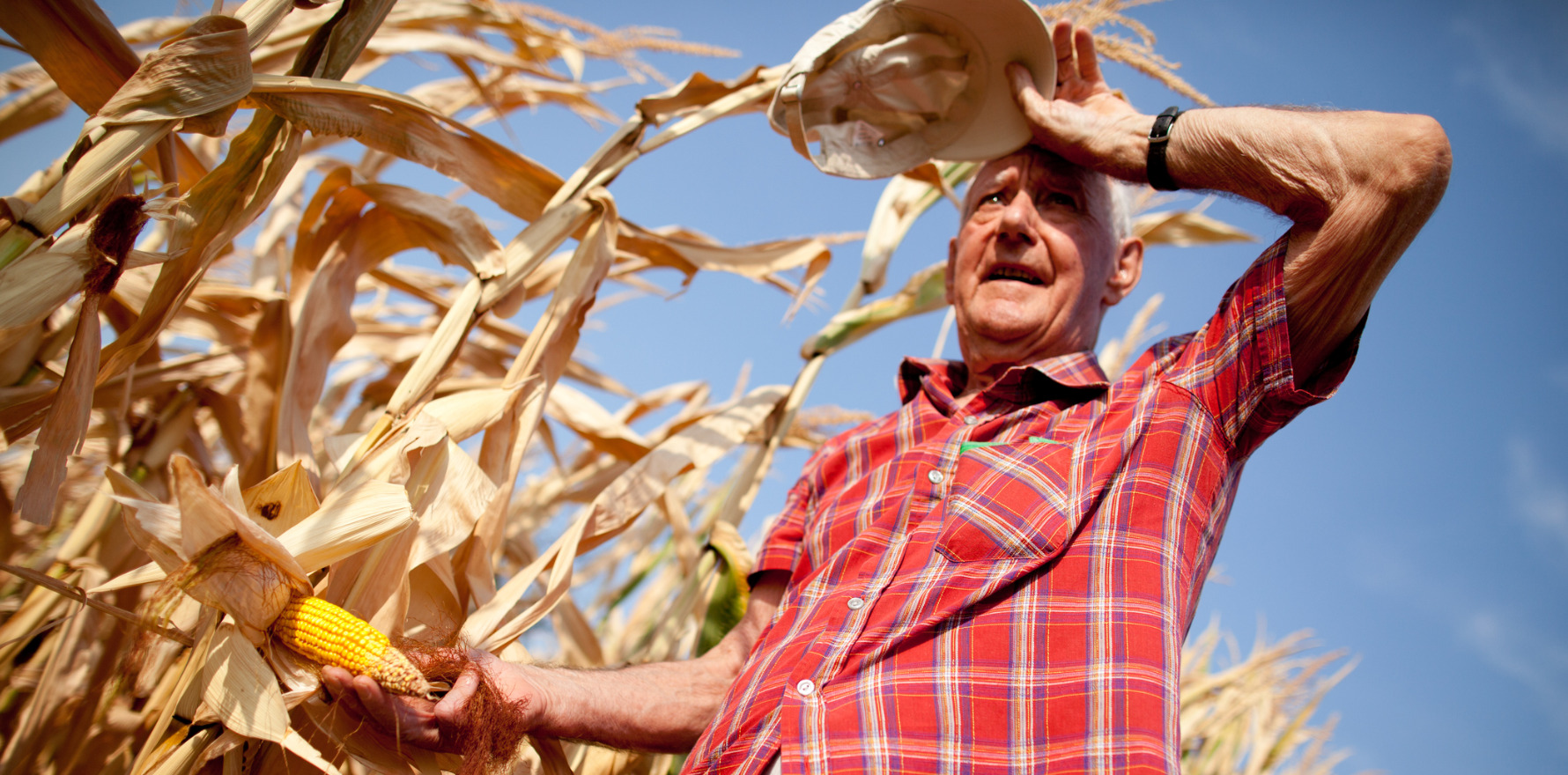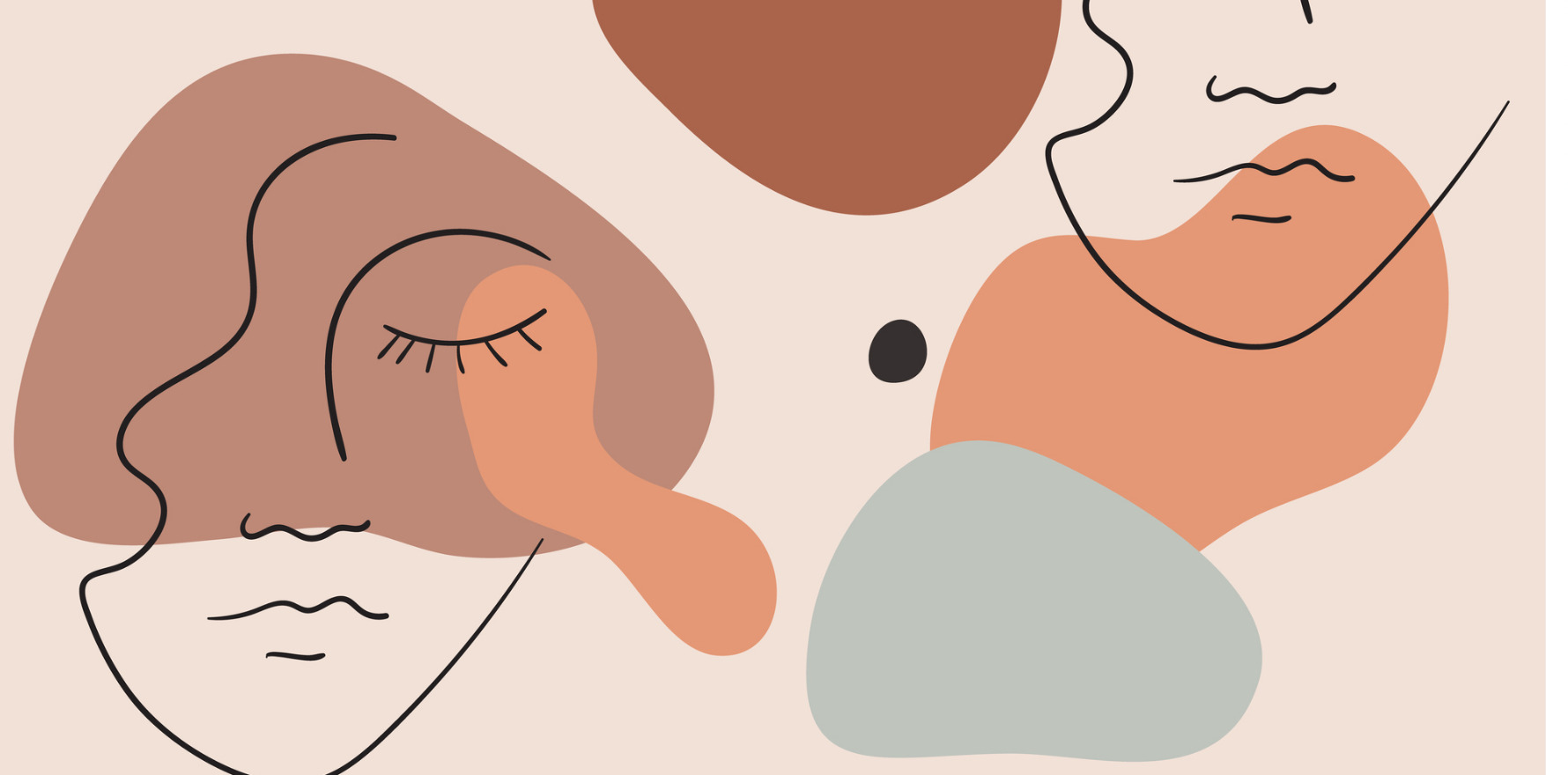
Three of every 100 GP patient encounters are for skin cancer-related conditions, new analysis of BEACH data shows.
New data shows that melanoma is just the “tip of the iceberg” when it comes to Australian GPs managing skin cancer-related conditions.
Published in BMJ Open, the research led by Professor Anne Cust, deputy director of the Daffodil Centre at the University of Sydney, used data from the Bettering the Evaluation and Care of Health study between April 2000 and March 2016.
Most startling are the overall management rates which show 3% of GP patient encounters are for skin cancer-related conditions, with solar keratosis (29.87%) and keratinocyte cancer (24.85%) the most frequent, followed by other skin lesions (12.93%), nevi (10.98%), skin check (10.37%), benign skin lesions (8.76%), and melanoma (2.42%).
“To me, given that GPs manage so many things, that 3% seems a large burden,” Professor Cust told Dermatology Republic.
GPs are managing skin cancer-related conditions – mostly solar keratosis and keratinocyte cancers – at a rate of 47.72 per 1000 patient encounters, a rate that has increased steadily over time for most conditions.
But melanoma, says Professor Cust, “is just the tip of the iceberg”, representing just 2.4% of those skin condition-related encounters.
Overall management rates were higher for patients who were older, male and living in outer regional/remote regions or more disadvantaged areas, while male GPs reported more encounters with keratinocyte cancers and solar keratosis, and female GPs reported more with skin lesions.
“Most skin cancers and their precancerous lesions, including suspicious but benign lesions, are managed in primary care settings in Australia, yet we know little about the frequency of GP visits for different types of skin cancer-related conditions,” Professor Cust and colleagues wrote.
Using the BEACH data they examined the frequency of GP consultations for different skin cancer-related conditions, and differences by patient and GP sociodemographic characteristics and by time period.
Seven skin cancer-related conditions were selected for analysis – skin check, nevi, skin lesion, melanoma, other malignant skin neoplasm (excluding melanoma), benign/unspecified skin neoplasm, and solar keratosis.
“Management rates increased for skin conditions overall particularly between 2000 and 2008,” wrote Professor Cust and colleagues, “and separately for keratinocyte cancers, skin checks, skin lesions, benign skin neoplasms and melanoma, but remained stable for solar keratoses and nevi.”
GPs aged between 35 and 44 years were the most likely to manage skin cancer-related conditions, but over time management rates increased particularly for GPs aged over 45.
“Over time, management rates increased for both male and female GPs (by 14.68 and 9.98 per 1000 encounters, respectively,” wrote the authors.
“Male GPs reported more encounters with keratinocyte cancers and solar keratosis, whereas female GPs reported more encounters with skin lesions. There was no difference by GP sex in management rates for benign skin neoplasms, nevi or skin checks.”
The highest management rates for melanoma were for patients aged 65-69 years, a result the authors said was “consistent with the median age of diagnosis in Australia”.
“Patient characteristics associated with higher management rates for skin cancer-related conditions were older ages, male, living in Queensland or in regional or remote areas, with lower area-based socioeconomic status, English-speaking background and Veteran card holders,” Professor Cust and colleagues wrote.
Queensland’s higher skin cancer incidence was reflected in the management rate which was the country’s highest at 71.66 per 1000 patient encounters, with daylight second and the Northern Territory next at 49.57. Victoria had the lowest rate at 36.59.
The management rate peaked in patients aged between 70 and 74 years.
Management rates for keratinocyte cancers rose steeply from age 30–34 to 85–89 age groups, while management rates for solar keratoses rose steeply from age 30 to 60 years, then plateaued and reduced after age 85 years. Management rates for melanoma were highest at ages 65–69 years.
Professor Cust and colleagues said their results indicated an increase in the number of skin checks being conducted in general practice, which was consistent with data from the National Sun Protection Survey published in 2021.
The authors acknowledged that the cross-sectional nature of the study was a limitation.
“We could not follow patients over time to examine the number of repeated consultations, which are known to be common, nor any skin cancer-related outcomes,” they wrote. “It was also not possible to separate the type of melanoma (in situ vs invasive) managed, nor the type of skin check.”
Nevertheless, the authors were hopeful the study could “guide GP education, policy and interventions to optimise skin cancer prevention and management”.




